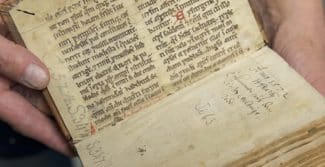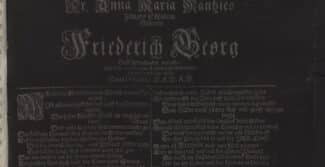In the eighteenth century, Medea entered the stage throughout Europe. She was the protagonist of French ballet d’action (Noverre) and opera (Hoffmann & Cherubini), German melodrama (Gotter), and British, French, and German tragedy (Glover; Clément; Klinger), and even in Stockholm, a libretto was printed in 1784 (Lidner). It is evident that Medea is a highly ambiguous character, ever since Euripides’ tragedy. The decades between 1750 and 1800 prove to be a period of remarkable change – starting out as the foreign witch, Medea transforms first into the abandoned and pitiable woman and mother, and towards the turn of the century into the barbarian, expelled from the new ideals of femininity. Medea captures the complexity of the revolutionary period, in this study approached from a transcultural perspective, informed by spatiality, gender, and the history of emotions.








